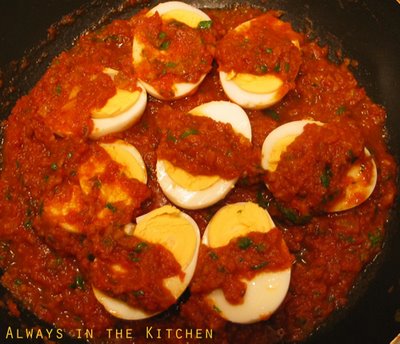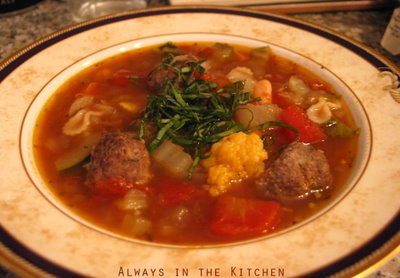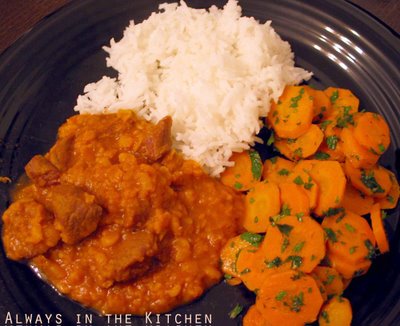
One of my favourite cuts of meat is pork tenderloin - one that I have only become familiar with in the last couple of years. Until I was inspired by a photograph I saw online, the only use I had for pork tenderloin was Porc Normandy - a braised, creamy dish from northern France. I just didn't know what else to do with the stuff. It seemed kind of expensive for stir fry, and I thought that the oven would dry it out.
I was wrong on both counts, as it turns out. Even a small-ish, on-sale piece of tenderloin goes surprisingly far in a stir fry (I'm planning a double ginger stir fry as I type this), and as for the oven - roasting a tenderloin is easy, low-stress, and has an unbelievable flavour payoff for even the most minimalist treatment. Roasting, therefore, is the method that I have turned to the most since I started regularly adding pork tenderloin to my shopping cart.
Roasted Pork Tenderloin
Preheat oven to 325 F.
Trim the roast of any silverskin, being careful not to remove too much of the actual meat. If there's a skinny end on your roast, tuck it under and tie it with a piece of butcher's string to create an even thickness for the length of the roast.

Line a large baking dish with tin foil, and spritz with a little oil. If you like, put down a layer of sliced onions or fennel, and use that as a bed for the pork. Spritz the pork with a little canola oil, and season generously with coarse salt and pepper. If you're feeling feisty, add any other seasoning that comes to mind - cumin is good, as is powdered chipotle pepper.
Roast, uncovered, for about 50 minutes per pound. Allow to rest out of the oven for five minutes before slicing on the bias, and serving. A sauce is nice, but totally optional.
If you should (mysteriously) have any leftovers, or had the good sense to roast more than you needed, slice them thinly or thickly for sandwiches the next day, or use them as part of a burrito filling. Tasty. Dead easy.















